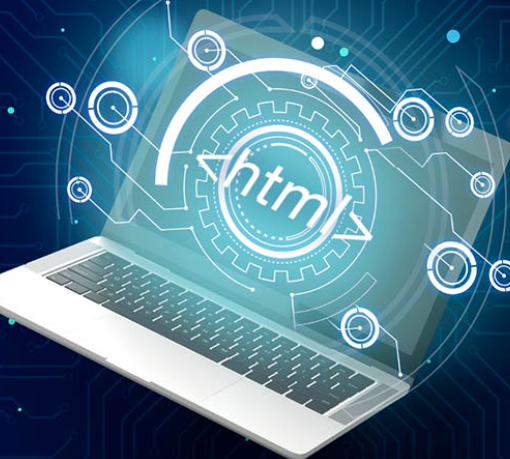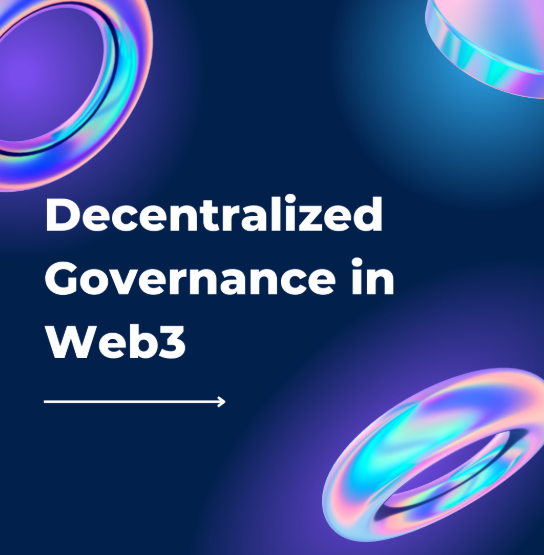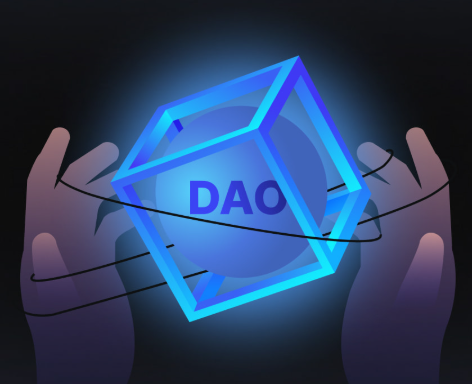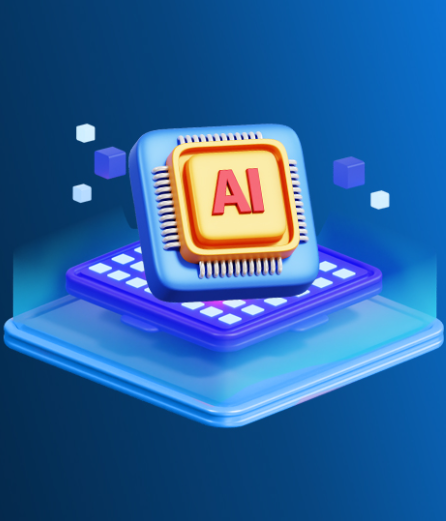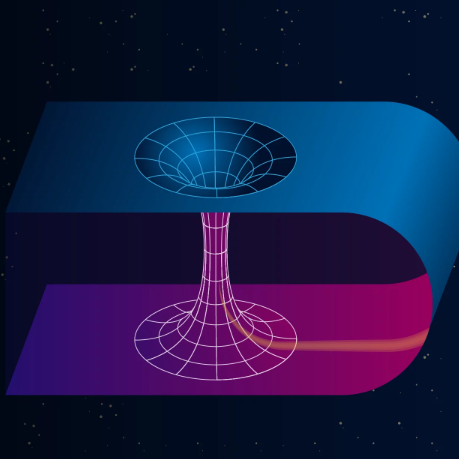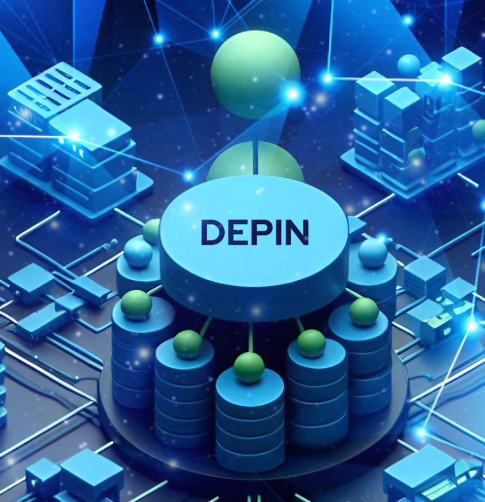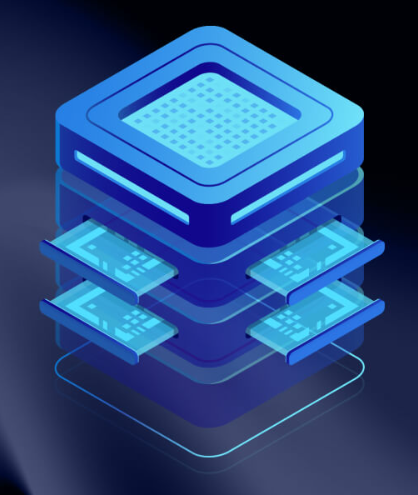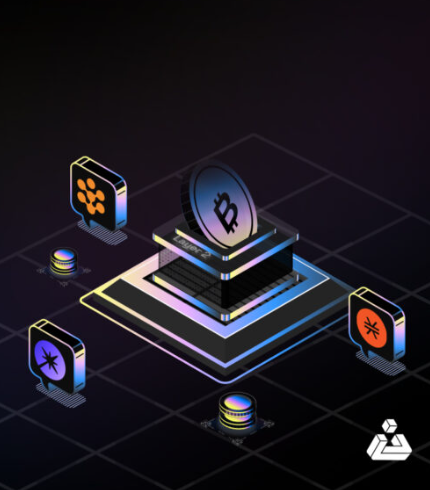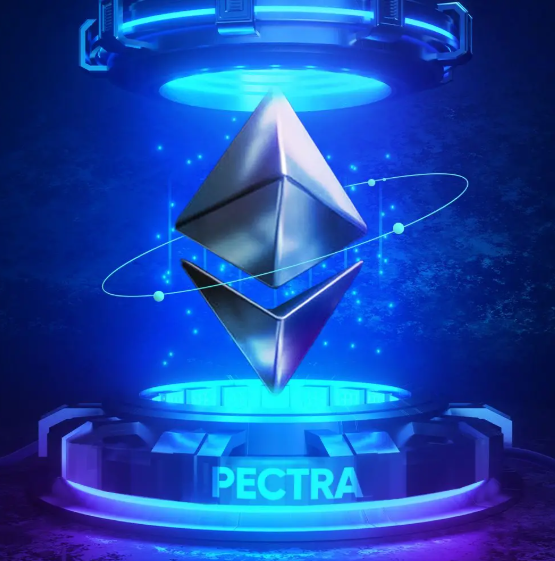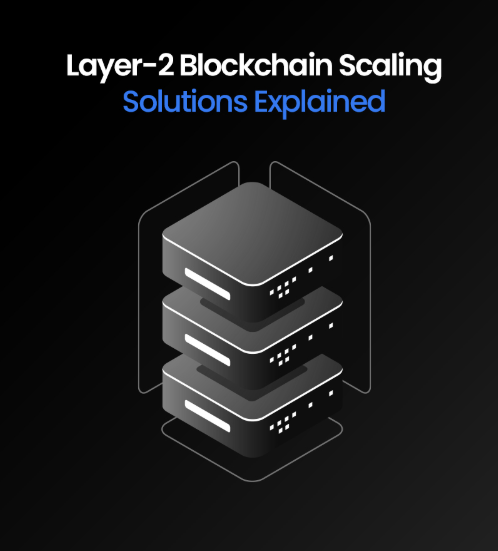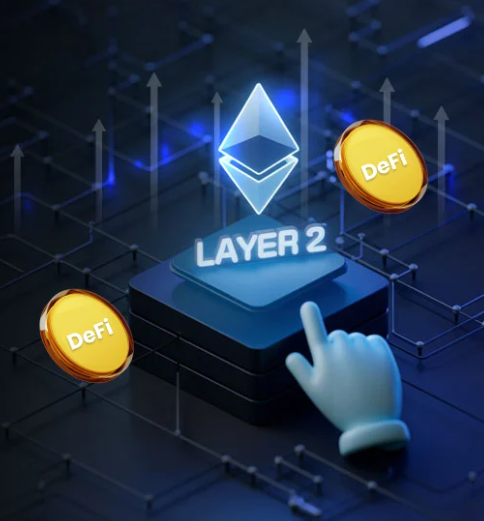
Raising capital is a critical challenge for any startup, but for Web3 founders, the journey to secure funding often looks different from traditional businesses. Web3 projects are inherently decentralized and thrive on community-driven collaboration, meaning founders must look beyond venture capital and token sales to secure financial support. Quadratic Funding (QF) and Retroactive Public Goods Funding (RPGF) are two innovative funding models that are helping Web3 projects secure resources in a way that is both fairer and more aligned with decentralized principles.
This blog explores how these funding mechanisms work and how Web3 founders can effectively utilize them to foster growth and sustainability for their projects.
Understanding Quadratic Funding
Quadratic Funding (QF) is designed to empower the community by amplifying the impact of smaller contributions. Unlike traditional fundraising models that favor large investors, QF ensures that grassroots support is prioritized, making it a more equitable approach to funding.
How Quadratic Funding Works
The principle behind QF is simple: the more people that contribute to a project, the greater the funding it receives from a matching pool. Unlike traditional crowdfunding, where large donations are the primary source of funding, QF ensures that the contributions of smaller donors are amplified.
Here’s how it works:
- Community members donate directly to a project they support.
- A matching pool, often funded by decentralized organizations (DAOs) or foundations, is distributed based on the number of unique contributors, not the total amount raised.
- The matching funds are calculated using a quadratic formula, meaning that matching funds increase based on the square root of the number of contributors.
This system ensures that projects with wide community support are rewarded more than those with just a few large backers.
Why Quadratic Funding Matters for Web3
QF aligns perfectly with the principles of decentralization, as it empowers communities over wealthy individuals or institutions. It encourages active participation and ensures that funding decisions are driven by collective support. Additionally, it helps raise capital for projects that may have strong community backing but lack the means to attract large investors.
How Web3 Founders Can Leverage Quadratic Funding
- Participate in Gitcoin Grants Rounds
Gitcoin remains one of the largest platforms for QF in Web3. By submitting a detailed grant proposal and promoting it through social media, founders can encourage small donations from a broad community. The more contributors a project has, the more funding it will receive from the matching pool. - Apply for DAO Grants Using QF Models
Many DAOs use QF to allocate resources. Founders should submit proposals to DAOs aligned with their mission and engage with the community to showcase their project’s potential. - Integrate Quadratic Voting into Your Ecosystem
If your project involves governance or decision-making, consider implementing quadratic voting. This allows your community to have a greater say in decisions, reinforcing decentralization and fairness in governance.
Exploring Retroactive Public Goods Funding
Retroactive Public Goods Funding (RPGF) provides a fresh approach by rewarding projects after they’ve demonstrated their impact. This model eliminates speculative risks by ensuring funding is only given to projects that have already proven their value.
How Retroactive Public Goods Funding Works
In RPGF, projects are funded retroactively based on their success. Builders create public goods, such as tools or community initiatives, and DAOs evaluate their impact through metrics like adoption rates or ecosystem contributions. If the project has proven value, it receives funding from a retroactive pool.
This model ensures that projects with real-world impact are rewarded, while reducing the risks associated with speculative investments.
Why Retroactive Public Goods Funding Matters
RPGF focuses on tangible results, mitigating investor risk by funding only successful projects. This model incentivizes long-term value creation and allows teams to focus on delivering solutions without the pressure of constant fundraising.
How Founders Can Leverage Retroactive Public Goods Funding
- Build and Demonstrate Measurable Impact
To qualify for RPGF, founders must first deliver value. This could involve creating tools or infrastructure that solve specific problems within their ecosystem. Key metrics like protocol usage, developer contributions, or user engagement should be tracked and documented to demonstrate impact. - Align with DAOs Using RPGF
Many DAOs already use RPGF mechanisms. Founders should identify DAOs that align with their project’s mission and actively participate in governance to build credibility. - Document Your Contributions
Founders must provide detailed documentation of their project’s success to make a strong case for retroactive funding. Metrics such as the number of transactions processed or ecosystem partnerships can be vital in securing RPGF.
Closing Thoughts
In today’s Web3 ecosystem, Quadratic Funding and Retroactive Public Goods Funding offer Web3 founders an alternative to traditional venture capital and token sales. These models focus on rewarding community-driven contributions and proven impact, ensuring that projects are funded in a way that aligns with the principles of decentralization.
By embracing these funding mechanisms, founders can secure financial backing while fostering long-term sustainability and growth. As the Web3 space continues to evolve, projects that prioritize transparency, collaboration, and real-world impact will be the ones that thrive. Founders leveraging QF and RPGF are not just raising capital—they are building ecosystems that are sustainable, fair, and driven by the collective success of their communities.












